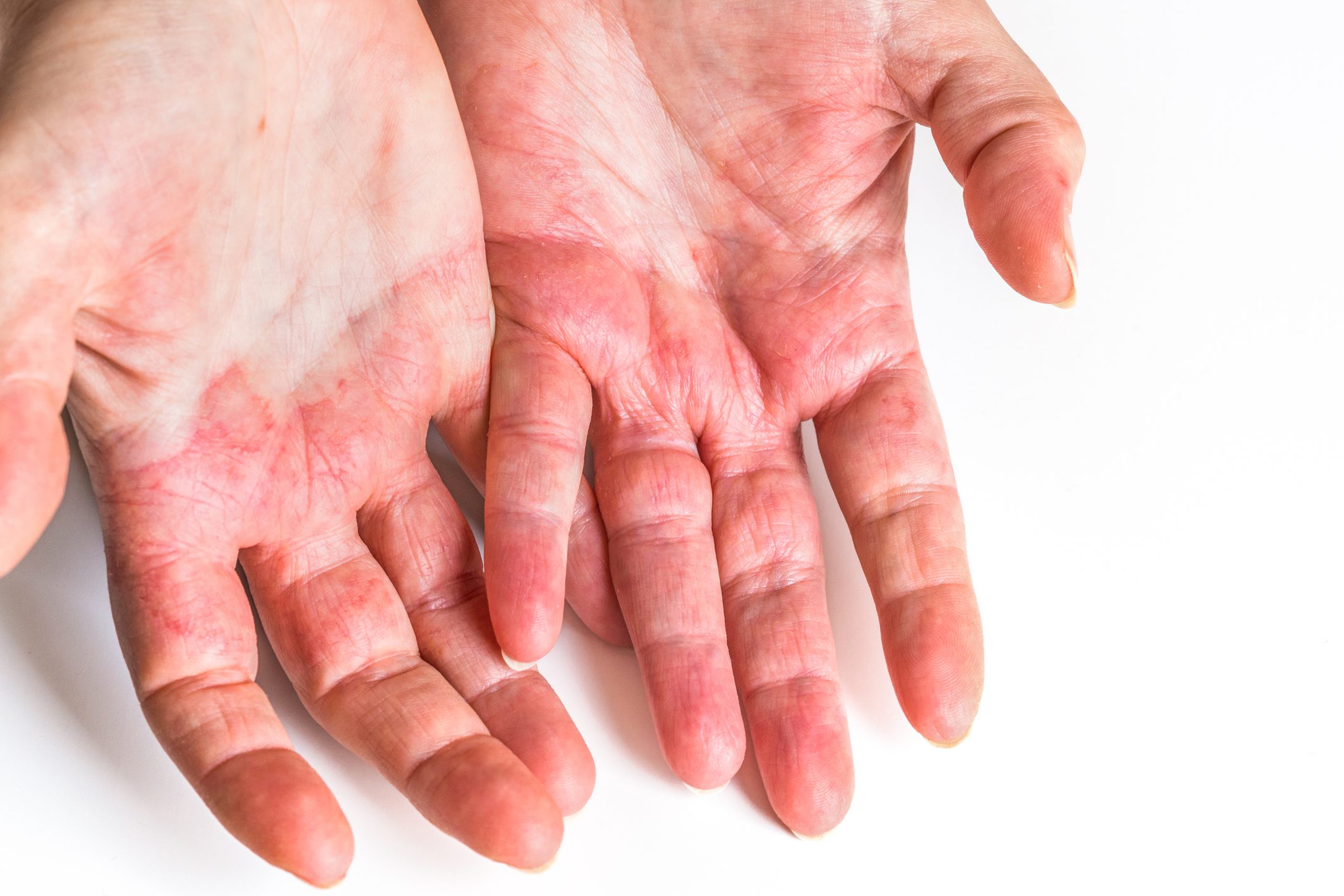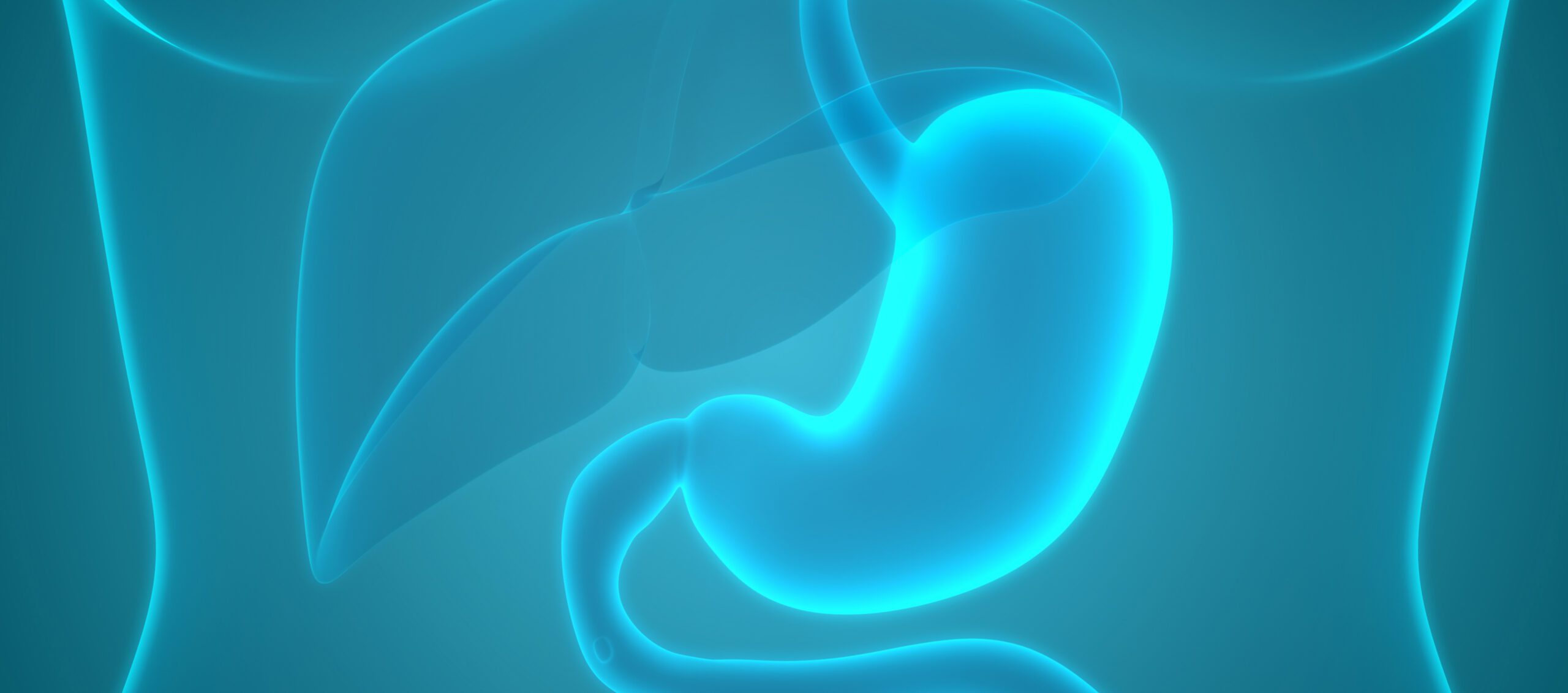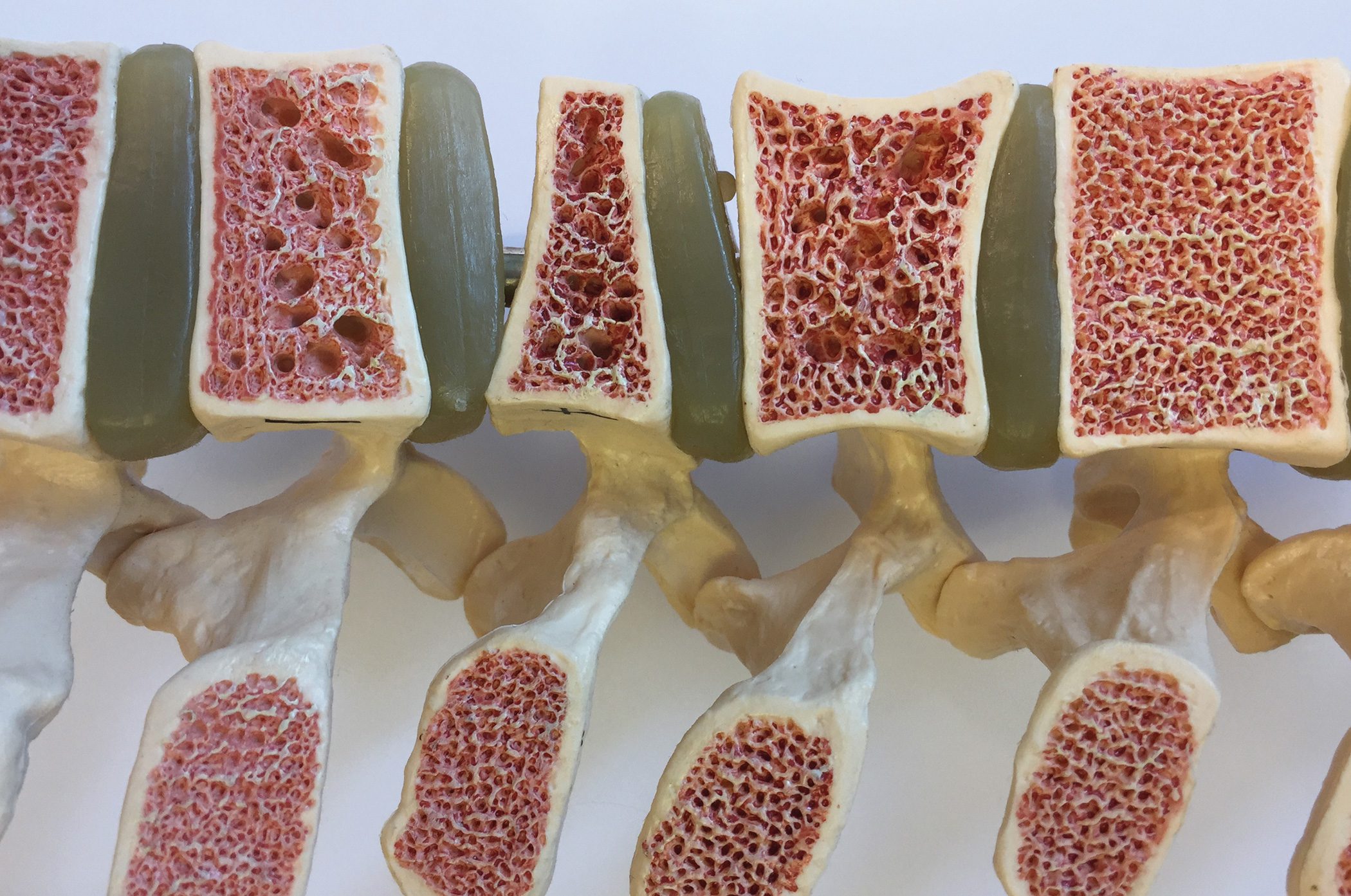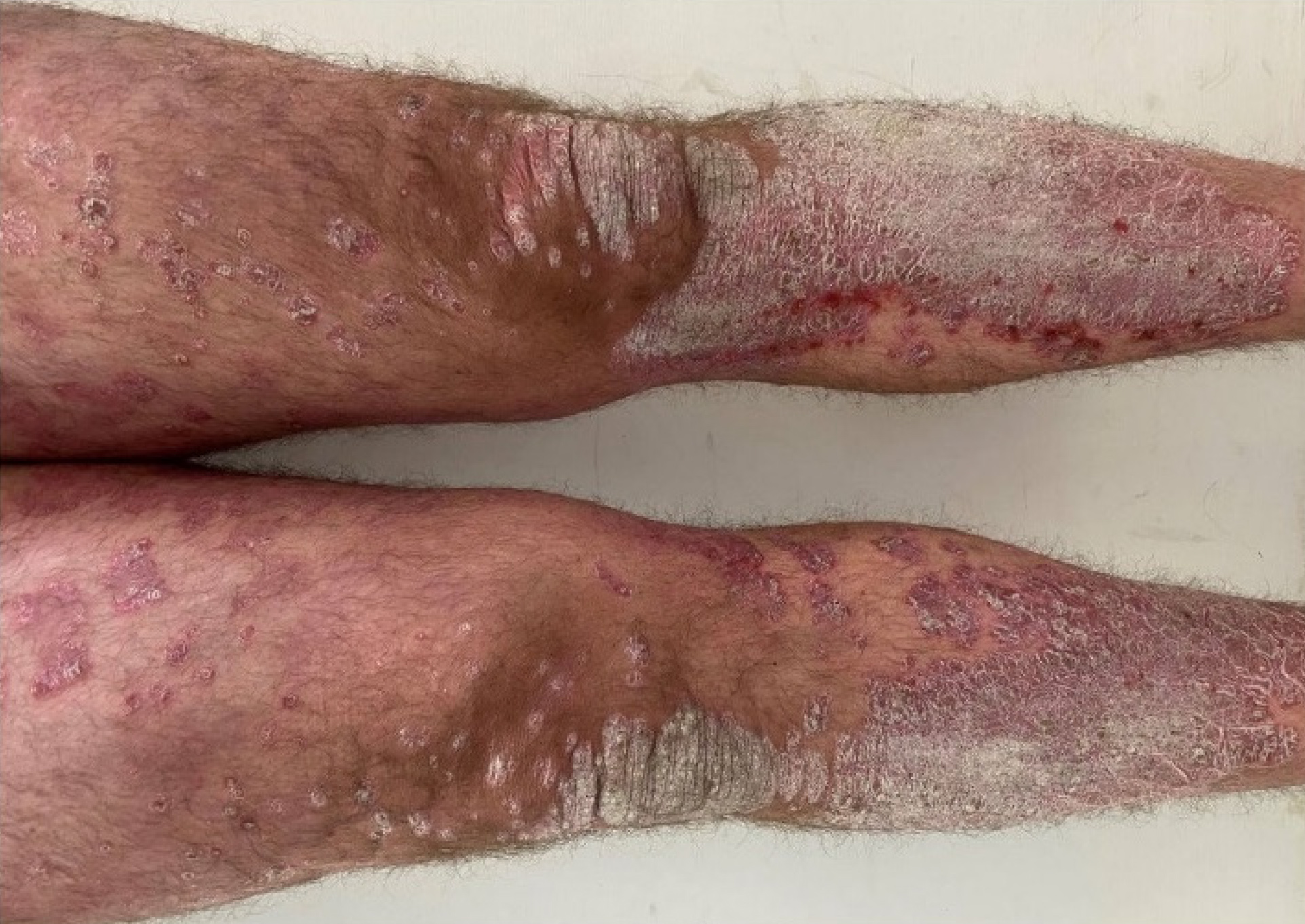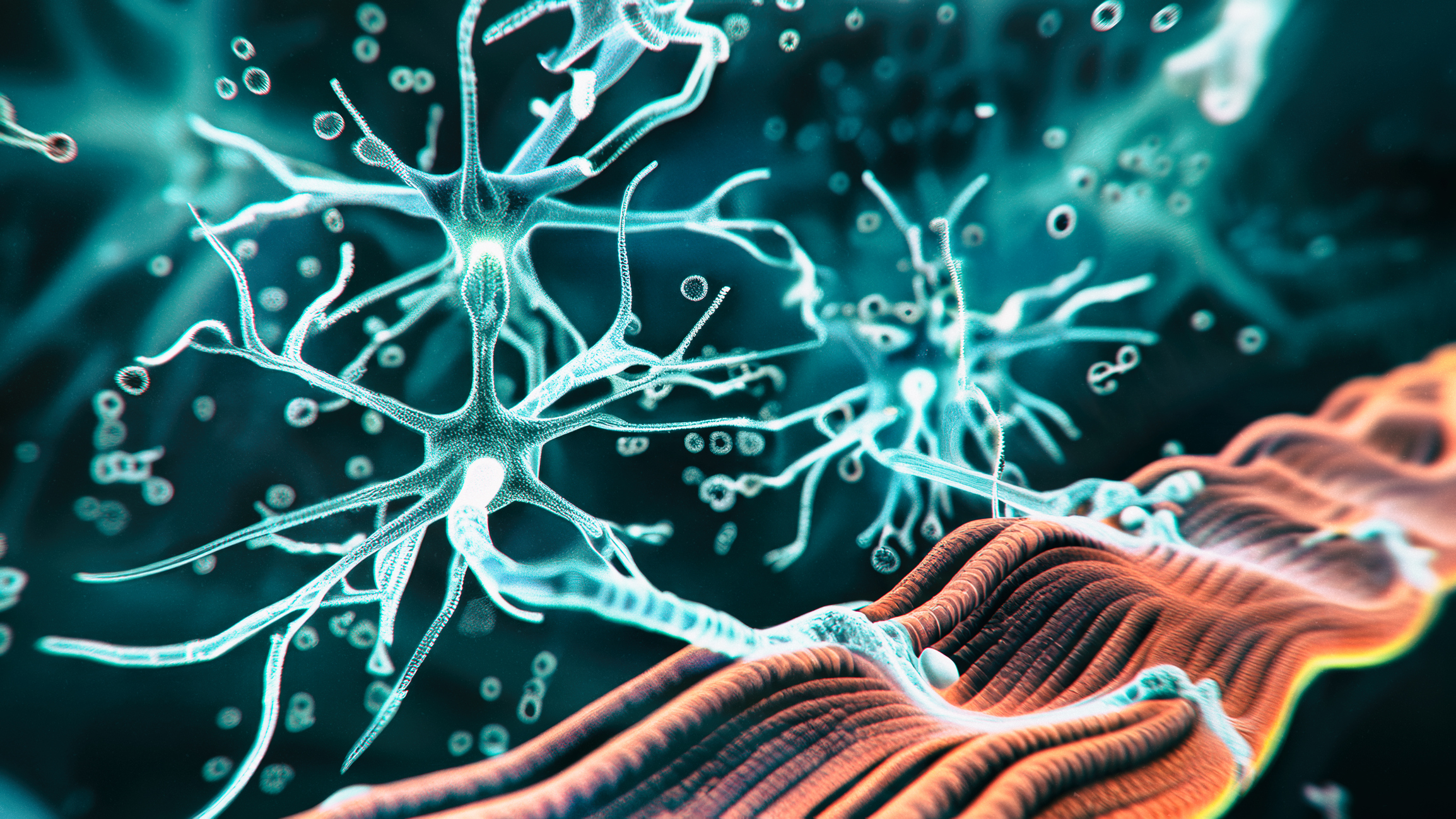This quote goes back to the US-American physician Th. E. Woodward and is considered a metaphor for the diagnosis of rare diseases. International Rare Disease Day traditionally takes place on the last day of February. At the beginning of March, the umbrella organization of patient organizations for rare diseases in Switzerland (ProRaris) organized an event in collaboration with the Centre for Rare Diseases at the Inselspital in Bern, which was all about networking between players in the healthcare system, patient organizations and those affected.
Information, education, exchange of experience and networking were the core concerns of the event launched by ProRaris on the occasion of Rare Disease Day [1]. Dr. Michael Deppeler, specialist in general internal medicine in Zollikofen, spoke about the important role of family medicine. The current status of the National Coordination of Rare Diseases (kosek) was presented by Dr. med. Jean-Blaise Wasserfallen and the Swiss Register for Rare Diseases was explained by Prof. Dr. med. Claudia Kuehni and Cheryl von Arx, MA. PD Dr. med. Tatiana Brémová-Ertl from Inselspital Bern provided information on rare neurological diseases and, in addition to Niemann Pick Suisse, MaRaVal Seltene Krankheiten Wallis and the Associazione Malattie Genetiche Rare Svizzera Italiana presented themselves.
Centers for rare diseases recognized by kosek
Those affected often remain without a correct diagnosis for years, undergo an odyssey of investigations and therefore often have no access to appropriate treatment. To improve this situation and shorten the time to diagnosis, hospitals have created so-called “centers for rare diseases” [2]. Helplines have also been set up to provide those affected and their relatives with low-threshold access to information and advice. The service also helps doctors in private practice to research and advise people with rare diseases and patients without a diagnosis. There are nine centers for rare diseases in Switzerland. These were recognized by the National Coordination of Rare Diseases (kosek) in 2020 and 2021 and ensure nationwide care in all three regions of Switzerland. Their primary aim is to help those affected to obtain a correct diagnosis. They are also involved in the networking of stakeholders and further education on rare diseases within their region and organize information services for those affected. Helplines answer a wide range of questions from patients, relatives, people without a diagnosis and specialists and can offer practical assistance in the information jungle in the triage of patients and referring physicians. The contact details of the centers for rare diseases can be found on the kosek website.
Receiving a diagnosis for the disease is important for many sufferers. It gives the ailment a name and often provides access to a suitable contact person. This is relevant for the entire setting. However, it is often a rocky road. As there are no therapies for 95% of rare diseases, those affected are often confronted with the fact that diagnostic investigations are not covered by health insurance. This is why the rare disease interest group is committed to timely diagnosis.
| Between 500,000 and 600,000 people in Switzerland suffer from a rare disease. People with a rare disease are still at a disadvantage in the local healthcare system, and there are several reasons for this: |
| – The disease is often diagnosed late; the uncertainty until the diagnosis is made can be very stressful for those affected and their relatives. |
| – There is a lack of suitable treatment options; currently only five percent of rare diseases can be treated efficiently. |
| – Rare diseases are inadequately recorded in medical statistics such as hospitalizations or causes of death, which is why groups of people with a rare disease are often forgotten in the health policy agenda. |
| – There is a lack of epidemiological data, for example on the frequency of a rare disease. |
| However, there are numerous initiatives and projects aimed at improving the health policy situation so that people with rare diseases receive a correct diagnosis within a reasonable period of time and – if appropriate treatment options are available – access to adequate therapy or therapy studies. |
| according to [3] |
Swiss Registry Study and the National Rare Disease Concept
The Swiss Register for Rare Diseases (SRSK) records information on as many people as possible with a rare disease who live and/or are being treated in Switzerland [3]. The SRSK was initiated in 2013 as part of the Rare Disease Initiative Zurich (radiz) by Prof. Dr. med. Matthias Baumgartner, University Children’s Hospital Zurich and Prof. Dr. med. Claudia Kühni, University of Bern. In 2014, the Federal Council adopted the National Rare Disease Concept and its implementation. The concept contains a total of 19 measures, including the creation of registers. An interdisciplinary working group consisting of doctors, epidemiologists, researchers and patient representatives then developed a concept for the SRSK. The overarching goal is to improve the care situation for people with a rare disease in Switzerland. This is to be achieved through the following sub-projects:
- Gathering and evaluating important medical information from as many affected persons as possible
- Launching a research platform for conducting studies; informing those affected about planned studies and inviting them to participate in studies
- Annual reporting to physicians and responsible authorities in the Swiss healthcare system, such as the Federal Office of Public Health (FOPH)
- Platform for the exchange of information and experience between those affected and specialists.
dialog-health Switzerland
The “dialog-gesundheit” forum has been taking place in Zollikofen for around 20 years and aims to promote the health literacy of individuals and larger communities (e.g. families, schools, municipalities) by providing a platform for dialog at various levels [4]: Primarily at the grassroots level between the population and GPs and other “health professionals” on topics of their own choosing relating to health and illness. These dialogues take the form of theme-centered interaction according to Ruth Cohn, for example. Furthermore, the aim is to link and network the questions and answers from this dialog with politics, science and business. In summary, “dialog-gesundheit” is a solution- and resource-oriented constructive approach as an antithesis to a rather deficit-oriented healthcare system that focuses on individual interests and in which the coordination of important interfaces is often neglected. Further information on dialog-gesundheit can be found here: www.zollikofen.ch/passvereineandere/12007.
Literature:
- «Tag der Seltenen Krankheiten: Samstag, 2. März 2024», www.proraris.ch/de/seltenen-krankheiten-samstag-marz-2024-532.html, (last accessed 07.04.2024)
- «Beschleunigung der Diagnosefindung für Betroffene von seltenen Krankheiten», www.kosekschweiz.ch/ueber-kosek/medien/beschleunigung-der-diagnose
findung-fuer-betroffene-von-seltenen-krankheiten, (last accessed 07.04.2024) - Schweizer Register für seltene Krankheiten (SRSK), www.raredisease.ch/das-srsk, (last accessed 07.04.2024)
- dialog-gesundheit Schweiz, www.good-practice.ch/de/organization_profiles/775,(last accessed 07.04.2024).
HAUSARZT PRAXIS 2024; 19(4): 51–52 (veröffentlicht am 18.4.24, ahead of print)
InFo ONKOLOGIE & HÄMATOLOGIE 2024; 12(2): 42–43
InFo NEUROLOGIE & PSYCHIATRIE 2024; 22(3): 38–39






